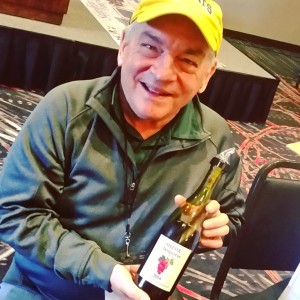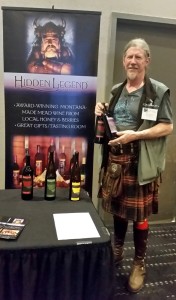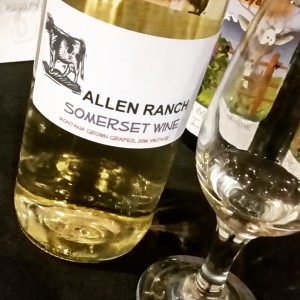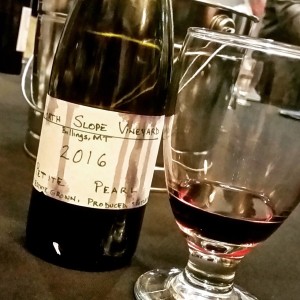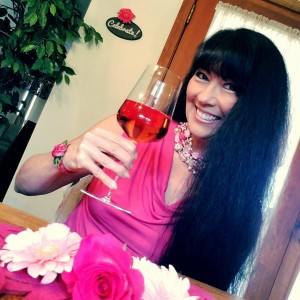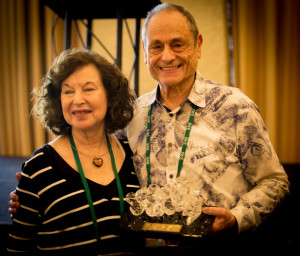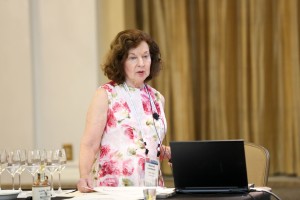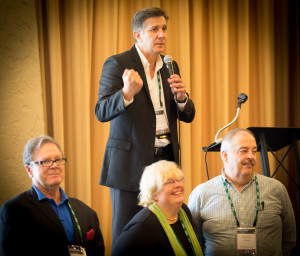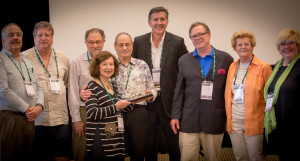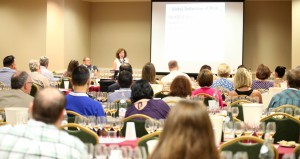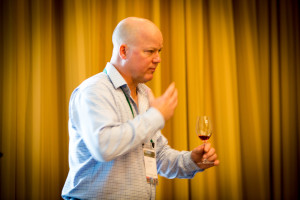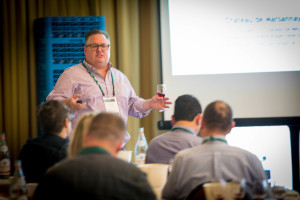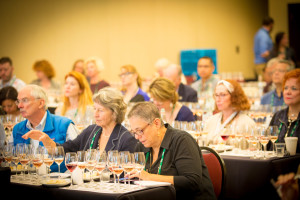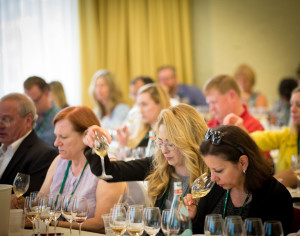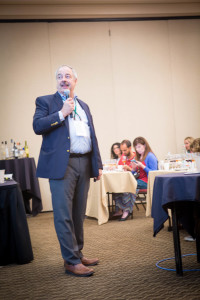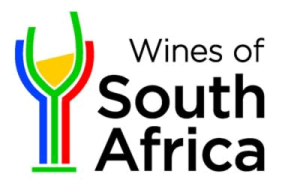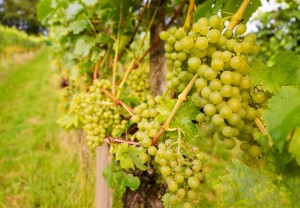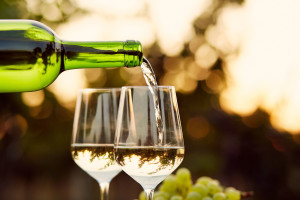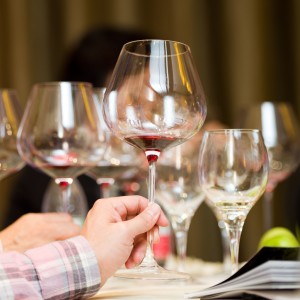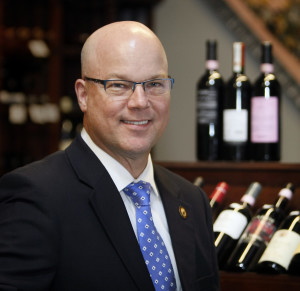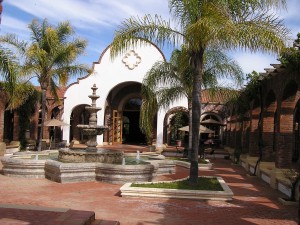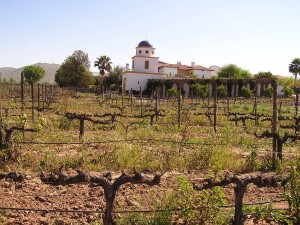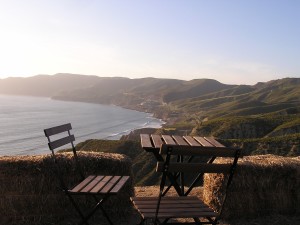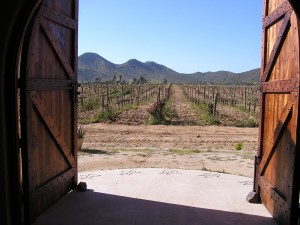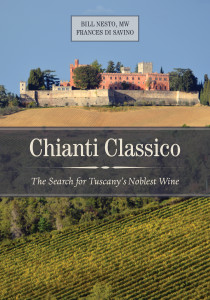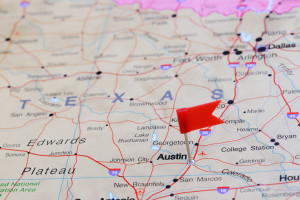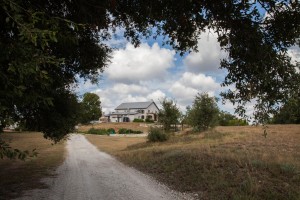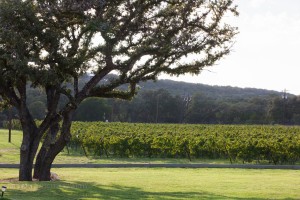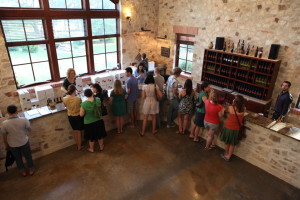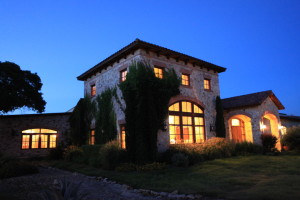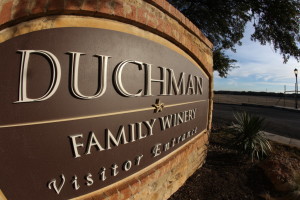Today we have a guest post from Linda Coco, CSW. This is Linda’s second post in a series about Montana wine. (Click here to read the first.) Today, she tells us about her adventure at the Montana Grape and Winery Association’s Conference, and attempts to answer the question: Is Montana the last “best” place for grapes?
MONTANA! It’s Big Sky Country, the Treasure State, and Land of the Shining Mountains. A river runs through its dense forests. Wheat crops flourish on vast prairies, and cows outnumber people 3 to 1. The fourth largest state in the union is renowned for its glaciers and grizzlies…but grapes? Is Montana the Last Best Place for vineyards?
This is the question I posed to attendees that recently gathered at the Montana Grape and Winery Association conference, now in its third year. This gregarious group of grape growers and winery owners collectively answered a hearty and affirmative YES! And it truly is with affirmative heart that those affiliated with Montana’s promising wine industry perseveringly pursue their passion in a challenging climate where Mother Nature’s dalliances with Father Winter often deliver meteorological mayhem.
TOM and BINA EGGENSPERGER of Thompson Falls have been growing grapes since 2010 when they started with 25 vines of Marquette, a crossing with Vitis vinifera and Vitis riparia developed at the University of Minnesota. In 2012 they added 75 more vines and debuted their first vintage in 2014. 2016 was a banner year with a harvest of 725 pounds, double the amount from the previous year. His label “Silcox” is inspired by Mt. Silcox, a well-known peak in Thompson Falls named after the first regional forester in northwest Montana. The Eggensperger’s winery, GUT CRAIC is an homage to Tom’s German heritage and Bina’s Irish roots. It translates to “Good Fun” and is an apt name that reflects Tom and Bina’s infectious enthusiasm and friendly demeanor.
The Eggensperger’s Silcox is 100% Marquette and their wine embodies the classic profile of the grape which is a grandson of Pinot Noir and a cousin of Frontenac, another cold-hardy grape planted in Montana. The Silcox 2016 is unfiltered and sulfite free. I was enamored with its deep maroon hue, fruity bouquet and high notes of cherry and strawberry punctuated with black pepper and spice. Tom and Bina used a yeast strain to lower acidity then aged the wine for six months in medium toast American oak and a malolactic bacteria inoculation.
After several satisfying sips followed by a flurry of note scribbling, I walked to the next winemaker’s table display. Tom followed me, eyes twinkling, and eagerly asked, “So what did you think of the Silcox?” I answered honestly with a broad smile, totally incapable of maintaining any journalistic neutrality. “It was sensational! I’m impressed!”
KEN SCHULTZ of Hidden Legend Winery is a sensation himself. Clad in a kilt and highland boots, he makes quite an impression standing next to his winery’s logo, a burly Viking. Ken launched into the world of wine as a teenager. His uncle, a research scientist, made wine and Ken was so fascinated by the process, he presented his 8th grade science project on fermentation. In 1975, he began making wine as a hobby, sourcing native grapes from the Great Lakes region. In 1979, he and his wife moved to Montana where they began producing mead, eventually including their sons in the business.
Today, in addition to making mead, the Schultz’s make wine sourced from grapes grown in Montana. Their wine line-up features several cold-hardy grapes: Marquette, Frontenac, Frontenac Gris, St. Pepin, Marechal Foch and La Crescent, a relative of St. Pepin. Their catchy labels, savvy marketing and charisma attract a loyal following. But it’s the contents in that alluring bottle that brings in the awards.
One of their award winning wines is Skalkaho White made from St. Pepin grapes in a Rhine off-dry style. The 2014 vintage won a gold medal in the Indy International Wine competition. The 2015 vintage won a silver medal in the Tasters Guild International Wine Judging and a bronze medal in the Finger Lakes International Wine Competition.
ROD and LINDA ALLEN, who live just a few miles from the Schultz family, have sold their grapes to the Schultz’s and have partnered with them in producing award winning wines. Their Allen Ranch Somerset wine took 2nd place in the conference’s people choice competition. Though known as a table grape which is cold hardy to -30 degrees, they’ve created a lovely wine from it that is fruity, slightly effervescent, and much like a Riesling in its flavor profile.
Rod is a graduate of University of California, Davis, renowned for its viticulture and enology programs. Linda is his avid vineyard keeper (and wine taster!) and a font of information on cold hardy grapes.
“St. Pepin is not self-pollinating so Frontenac Gris is often chosen to grow alongside St. Pepin since they flower at the same time. Marechal Foch and Marquette grapes are wildly prolific and spread like crazy,” Linda explained, gesturing widely with her arms. “But Petite Pearl is much more mannerly.”
Indeed, the well behaved Petite Pearl is meeting with great success in Montana. SAM and CATHERINE BERGMAN of Billings, Montana, own North Slope Vineyard founded in 2013. The windswept south central portion of the state suffers especially blustery winters, and it was during one of these challenging seasons that Sam delved into research about growing grapes. On his in-law’s plot of land, he was determined to show Mother Nature who’s boss.
“My goal is making a great quality wine,” stated Sam as I savored North Slope Vineyard’s 2016 Petite Pearl. As first time conference attendees, Sam and Catherine were unaware that they needed to bring several bottles for the competition. I was fortunate to sample the last few drops from the last of the two bottles they had brought as Catherine quipped, “Don’t you love our fancy label?”
Never judge a book by its cover, as the adage goes, and indeed I was quite impressed with the complexity of their wine. A medley of blackberry, raspberry, leather and chocolate sang on the palate in perfect harmony.
It’s no surprise that Sam and Catherine took the People’s Choice first place award in the red category. What perhaps came as a surprise was how impressed I was at the caliber of wine presented at the conference. Montana is better known for its craft beer and microbreweries which understandably take the limelight. But stay tuned! Montana is gearing up to make its mark in the wine world.
This won’t be the last word from the Last Best Place!
Linda Coco, CSW is a “Roads Scholar” with a passion for road-tripping across the great state of Montana and beyond, learning all she can about the people and places she explores. When not behind the wheel, she enjoys cooking, writing, and hosting wine tastings for her vivacious group of oenophile friends, “The Wining Women of Whitefish”. She’s a self-proclaimed “edutainer”, aiming to entertain while educating, because learning about wine ought to be fun! Share in the fun at her blog, “It’s a WINEderful Life.”
Are you interested in being a guest blogger or a guest SWEbinar presenter for SWE? Click here for more information!
